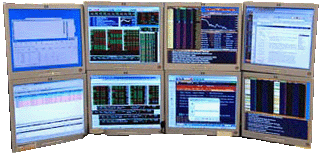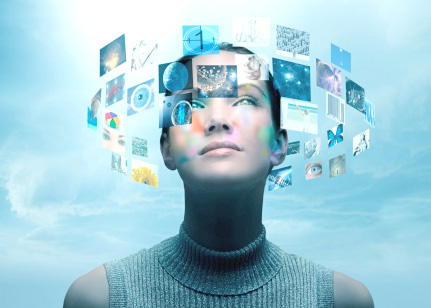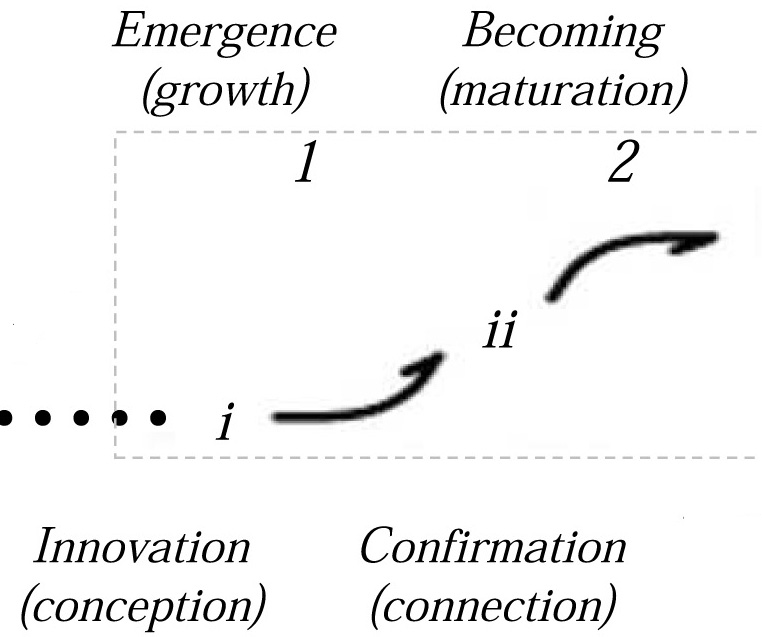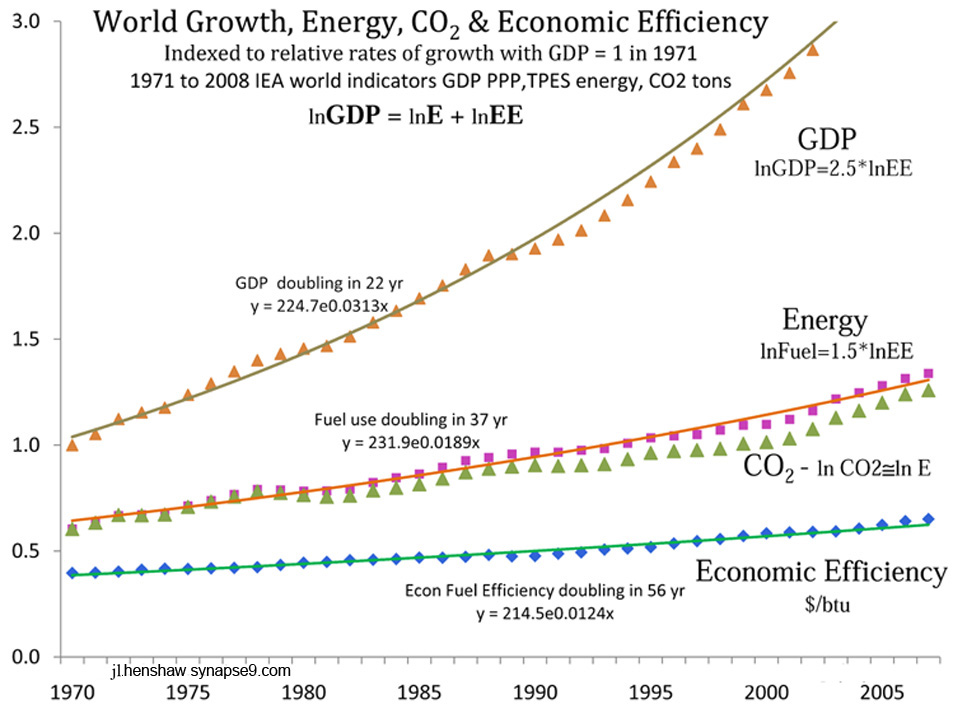This journal entry if for the preliminary presentation of The World SDG to the UN’s Open Working Group on the SDG’s. See also the final World SDG proposal on the global application of the general principle, that we all are responsible for our shares of the abuses of the economy as a whole … in proportion to our owning, investing in and using it.
The World SDG uses a method of calculation for any person’s or business’s share of world GDP, for estimating their total share of responsibility for world economic impacts as “users” called “Scope-4 Accounting“. The legal view of responsibility is different from “cause and effect” in that, legally, both the people paying for, benefiting from or authorizing a tort harm may all be held as equally responsible as the person actually doing the harm, as familiar for hiring others to commit a crime.
Below is the version circulated in 08 to 10 Jan, Statement of Jessie Henshaw, Working with IPS & NGO Commons Cluster at the UN OWG sessions.
Updated short PDF hand-out statement World SDG
Full version World SDG-UNPost2015Agenda
for NGO Major Group report& as a 2/3/14 blog post here
__________________________________________________
Statement to UN “Open Working Group” (OWG) sessions, on: “Sustainable Consumption and Production” &”Disaster Risk Reduction”, for the NGO Major Group: Commons Cluster
A “World SDG”
guiding decision maker choices for the Sustainable Development Goals
We have always needed an SDG for reducing our global footprint by a method that thoughtfully manages the global systems, many of which behave so independently as to have “minds of their own”. We now have two good scientific methods of measuring our local responsibilities for global footprints, in broad spectrum. That information will FAR more rationally steer the decision making of global markets, and give regulators and consumers a FAR better understanding of what their decisions mean, than the scanty and mostly quite subjective information on how our world works we now have. So defining the SDG for reducing our global footprints in general, as a way to let every part know how to steer their part of the whole … becomes possible.
- LCA (Life Cycle Assessment) accounts for the impacts of recorded uses of technology and materials by individuals and businesses
- but not the impacts of any our OTHER spending and economic choices
- EF (ecological footprint) measures our traceable exchange of natural and renewable resources
- also not the impacts of our OTHER economic choices
- EI (economic impact) fills that gap, measuring our global shares of measurable or socially prioritized economic ESG impacts, assumed to be proportional to shares of GDP until improved information is available. So… shares of GDP as a good measure of our benefits from the economy, are used as a measure of our share of responsibility for the whole economy’s impacts. [and the science shows that “average” is a quite reliable first estimate for the real impact of shares of GDP] [clarification of descriptions 5/27/15]
It allows us to “internalize all externalities” and define the SDG simply, to slow or reverse all accumulating economic impacts, with their goal being to approach their own limits, safely, within all recognized cultural, economic and planetary boundaries.
Doesn’t disaster risk reduction need to include Assessment of
Disaster Risk Costs??
and informing people profiting from the causes
who could be held responsible?
There are now better scientific ways using EF and EI to accurately measure global and local disaster costs and now there are better ways to assign responsibility for them, means of accurately and honestly associate responsibility for them with the people creating the market demand for and taking profits from the economic causes. There are societal costs attributable to industrial farming, both for pollution and resource depletion that harms our present and future economic wellbeing. There is also the responsibility that can be proportioned to industrial farming for the societal costs of displacing rural communities with more competitive farming methods, and triggering unplanned migrations to cities of people who lose their livelihoods and are unprepared to thrive where they are going, as well. In the case of climate change, climate hazard costs can be included with other costs, and assessed proportionately to the production of GHG’s, and the responsibility for them being equitably distributed to the people creating the market demands for and taking profits from the economic products and services producing them. As a systemic approach it is part of what is called “The Ideal Model: “New Architecture” for Economic Self-regulation”. It is widely recognized that humanity is still far from living sustainable on our planet home. Even the Secretary-General’s Rio+20 Gap Report recognized that humanity has already exceeded a number of planetary boundaries and is living well beyond the carrying capacity of the earth. We are polluting the natural environment and rapidly depleting our natural resource base. Clearly we need a well-defined SDG to reduce our global footprint.
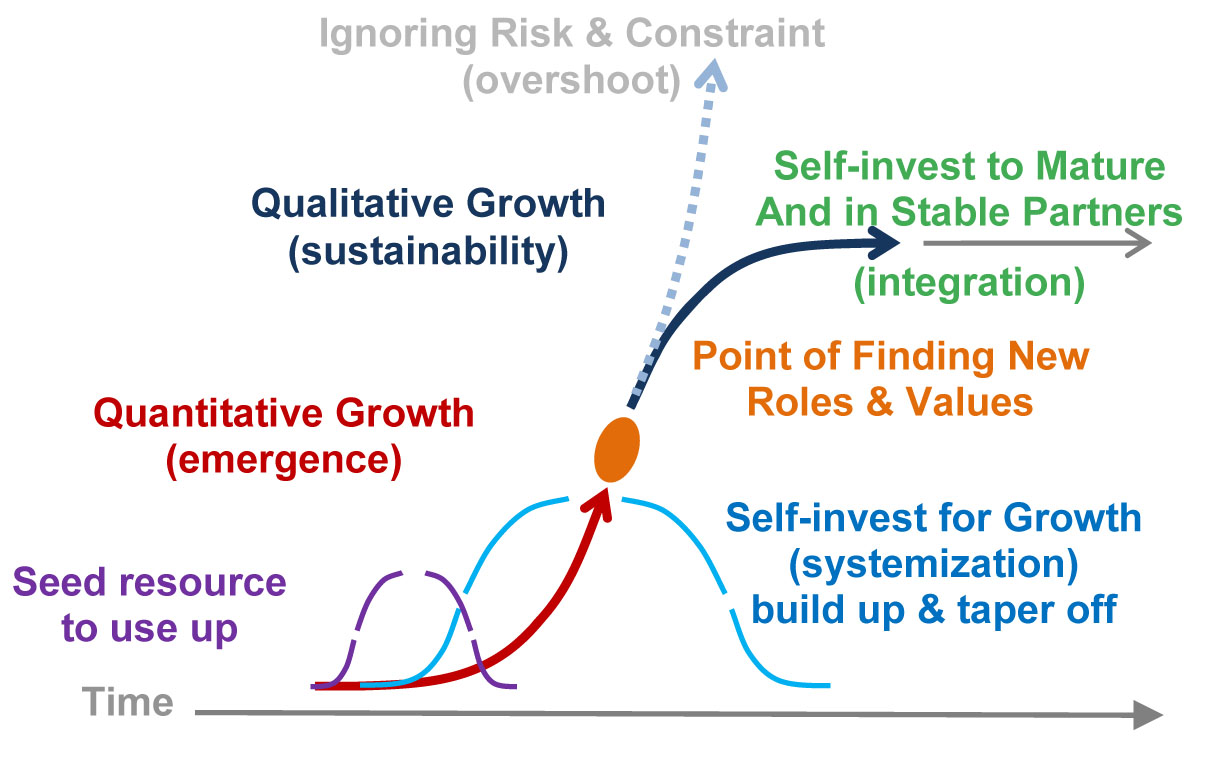
LCA examples
- see Wikipedia and many other sources
EF examples and implementation see:
- 1/8/14 OWG MG talk of Sue Riddlestone and the Bioregional.com website
EI examples and implementation as a goal, see:
- Sustainable Cities: Caring for the Greater Commons
- Ideal Model: New Architecture for Economic Self-Governance
Jessie Henshaw

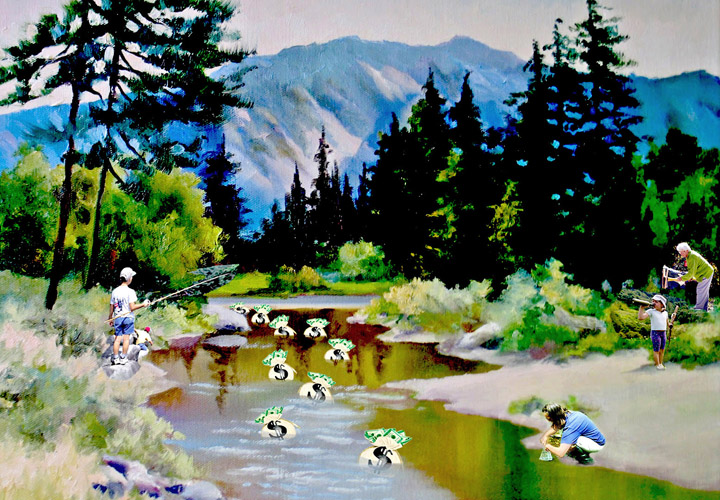

 J.L. Henshaw @shoudaknown
J.L. Henshaw @shoudaknown